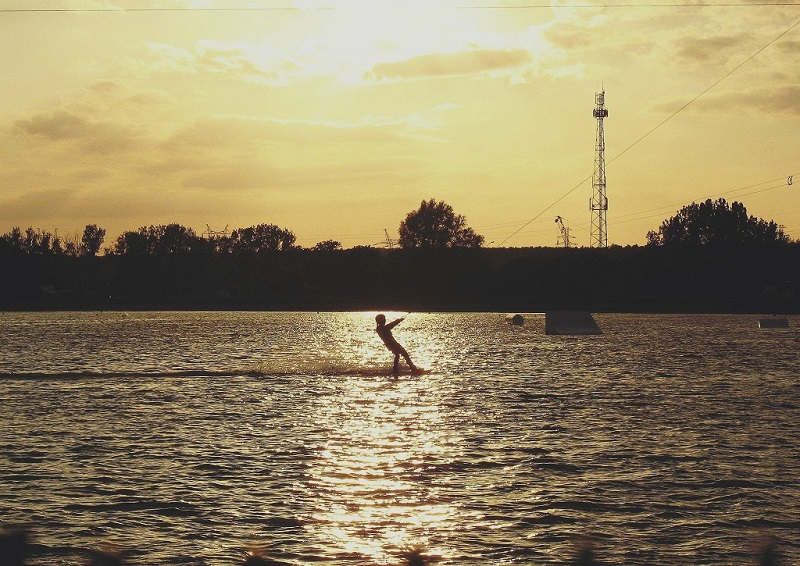Other places

The church was erected for the Augustinian Order in the first half of the 17th century at the Lviv Route. After the destruction associated with the Swedish invasions, it was rebuilt in the second half of the 17th century. ...

The church, located on a hill, was erected by Carmelites in the mid-18th century in place of a prior wooden chapel. The author of the design was Paweł Antoni Fontana, the architect of the Sanguszko family. ...

The Lublin Open Air Village Museum is one of the largest and most beautiful open-air museums in Poland. It presents monuments characteristic of villages from various parts of the Lublin Region and a Provincial Town of Central Europe from the 1930s. The atmostphere is enriched by arable crops and farm animals, such as horses, goats, chickens, geese, and ducks. ...

The Zemborzycki Reservoir, sometimes called the "Lublin Sea", lies in the floodplains of the village of Zemborzyce. It is fed by the Bystrzyca river. The reservoir was built in the years 1970-1974 with a large participation of Lublin residents, under the so-called social act. ...
Page 2 of 2







